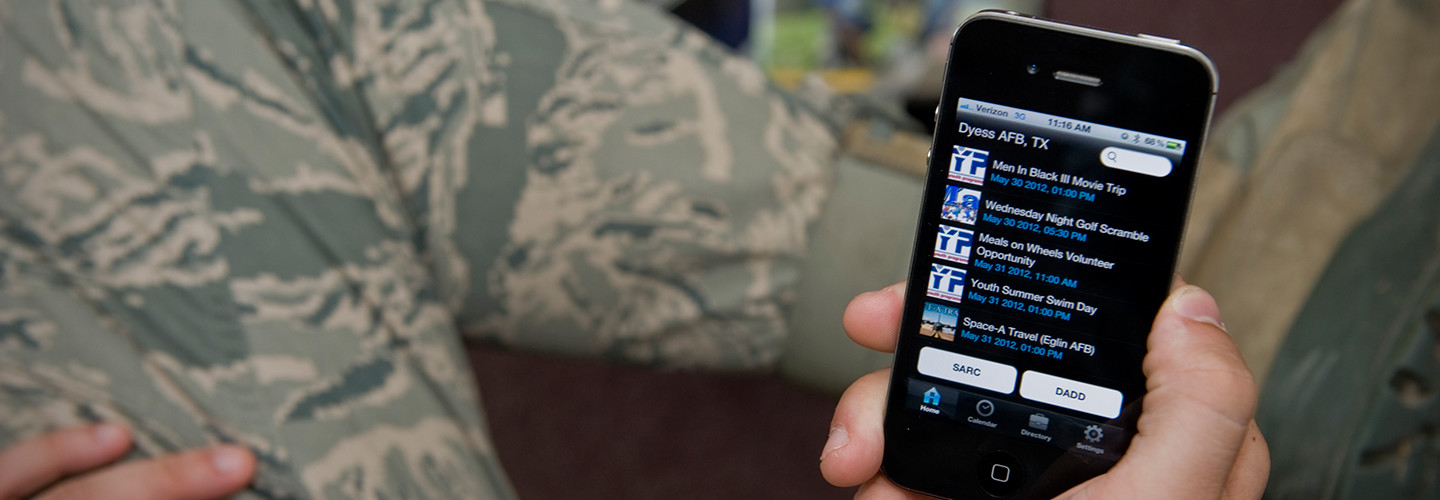DISA Makes It Easier for DOD Components to Get Managed Mobility
The Defense Department contains massive organizations, such as the Department of the Army and much smaller components that focus on policy and logistics. Now, they all have access to the same managed mobility services from the Defense Information Systems Agency.
DISA, the Pentagon’s IT services arm, announced in August that it would make its DOD Mobility Unclassified Capability service available to all mission partners, services, agencies and field activities. Previously, only mission partners that purchased the agency’s DOD Enterprise Email service were able to use the managed mobility service. Additionally, the cost for the service dropped to $4.31 per device per month from $7.54.
DISA has already snagged major new internal customers for the service, including the Navy and Marine Corps, according to FedScoop, as well as smaller components. The wider availability of the service means that DOD components, large and small, can now offload the cost and time of managing their own mobility programs.
“We are interested in bringing on as many DOD mission partners as we can,” DOD Mobility Portfolio Manager Jake Marcellus told FedScoop. He said DISA is managing about 125,000 devices and adding about 3,000 additional devices per week. “So, can we scale? Yes, we can.”
MORE FROM FEDTECH: Read about how the Air Force secures and customizes its mobile solutions!
DISA Service Delivers More Cost-Effective Mobility Management
The DMUC service offers DOD components a bevy of managed mobility services. It allows government-purchased commercial mobile devices access to the Department of Defense Information Network, Defense Enterprise Email, encrypted email capability and access to hundreds of approved apps from Apple’s App Store and Google Play.
DMUC also offers mobile device management capabilities, mobile app management, high-availability architectures and commercial voice services.
DISA’s service is simply more cost-effective for many smaller DOD components. Marcellus told FedScoop that, on average, many independent DOD mobility programs may serve somewhere between 5,000 and 10,000 users. “And we’ve even recently seen customers or mission partners that have come to us, and they’re managing a whole mobility program with only 500 users,” he said. “So that’s really not cost-effective when you think about it.”
Additionally, DISA can host a mobile application if an organization has an app or plans to create one.
“We tell you what the standards are, validate those standards through a vetting process and then place you in a mobile application store that we host here,” Marcellus said. “And I’ll say that’s where … we see a lot of innovation and ideas.”
DISA offers components lists of supported products, which show devices that have been vetted by the National Information Assurance Partnership, according to FedScoop.
Marcellus said customers should expect a commercial experience through the service. “We are using commercial services, not anything specifically government,” Marcellus said. “So, you can expect that the experience will be like the experience you have with your personal phone.”









